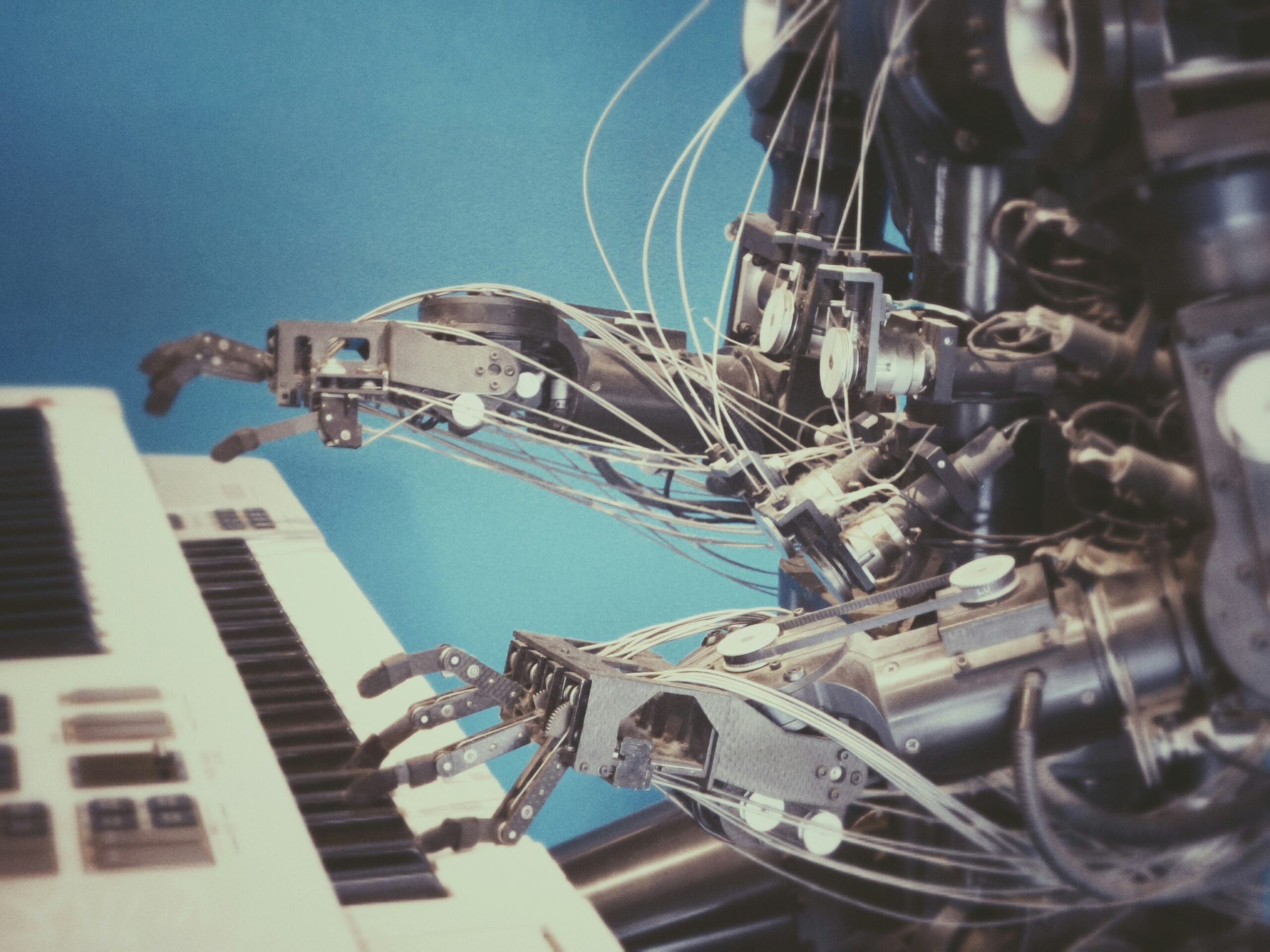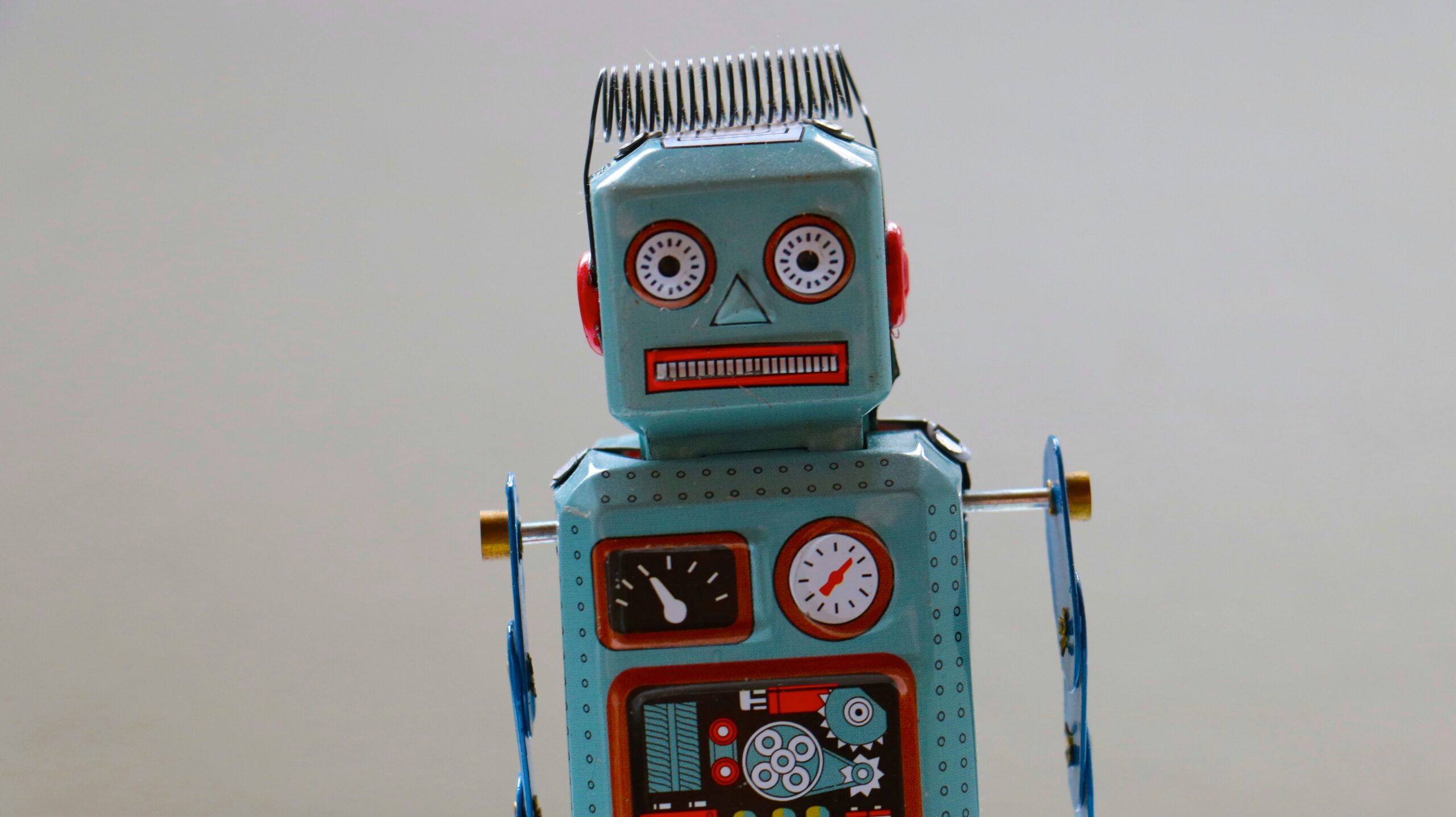
AI won’t replace learning designers.
It’ll expose the bad ones.
We’ve all seen the hype, automation, generative AI, fancy LLMs. Some promise they’ll replace humans in Learning & Development. We disagree. The truth is, AI won’t replace learning designers. It’ll expose the ones who’ve been winging it with templated, click-next dull elearning, and elevate the ones who understand story, strategy and human behaviour.
The rise of AI in L&D
AI in corporate learning isn’t coming, it’s already here. According to recent research, 79% of L&D teams are using AI in some form. That includes automating content creation, personalisation, and streamlining admin. Another study from Continu shows that 30% of L&D departments are using AI-powered tools now, and nearly half more plan to start within a year. This surge in adoption forces an important question: as AI takes on repetitive, templated work, what will distinguish great learning design from mind-numbingly boring design?





